The dried fruits of Jamaican pepper we call "allspice." In fact, this medicinal plant is called Pimenta.
Material Content:
The nuances of growing from seeds
Growing Pimento from the peas that were bought at the store is very difficult. The fact is that peppercorns are very much dried.
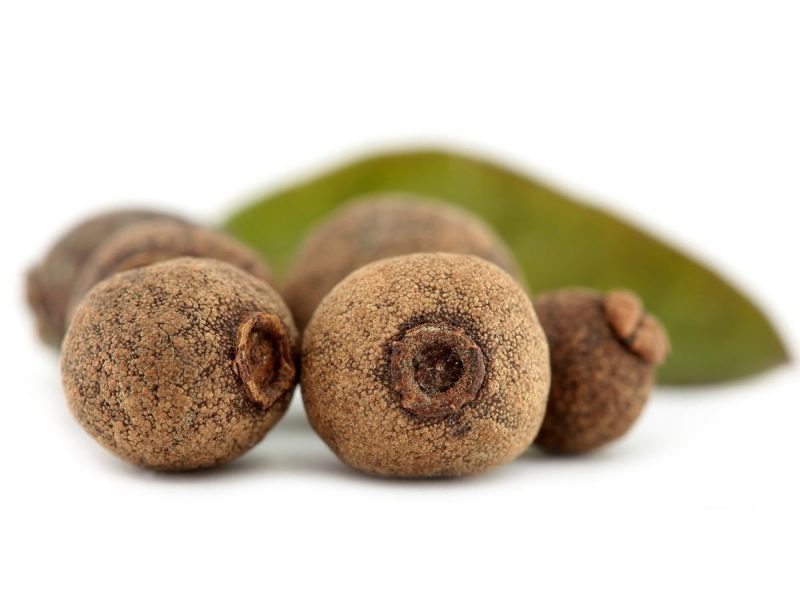
When growing Jamaican pepper at home from seeds, you need to be prepared for the fact that the tree will bear fruit only for 6 - 7 years of life. There is a very important nuance when growing Pimenta at room conditions - it is best for this purpose to purchase land in a flower shop for palm trees, as it is very loose and nutritious.
When growing Jamaican pepper in this way, you should never tamp the soil, and at least 10 cm should remain between the sprouts. The plant is very fond of plenty of light and warmth, since Jamaican pepper comes from the tropics.
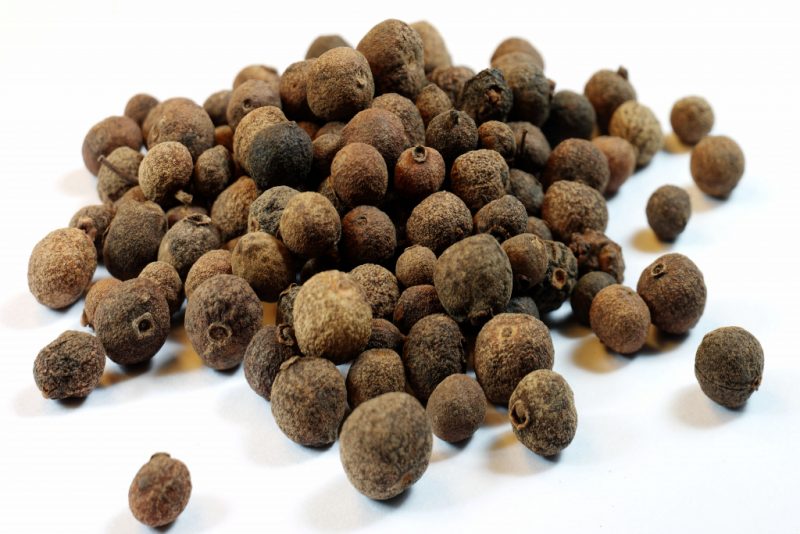
If you live in a region where there is a steady high temperature all year round, you can try to grow Pimenta even on your site. This plant feels great also in room conditions, and is successfully grown in greenhouses.
Necessary conditions for the cultivation of allspice
In the room where the allspice grows, it must be warm. This is a very important condition. The plant is extremely painful for temperature changes and drafts. The optimum temperature is about +22 - 26 degrees.
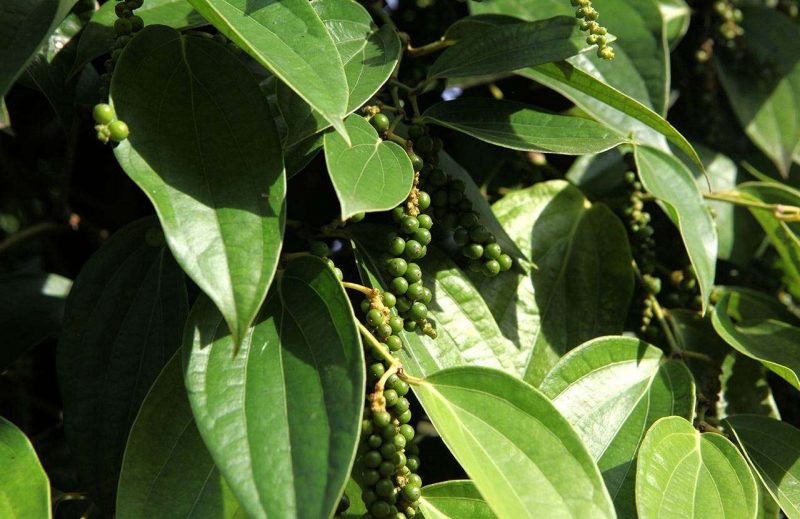
Like any other tropical plant, Jamaican pepper is very fond of moisture.
In spring and autumn, plants especially need moisture. The lump in the pot should be moistened all the time, the air around the bush should be regularly sprayed.Spraying in hot time is carried out twice a day.
Where to get seeds and how to plant correctly
Any seeds that are sold in a pack are not suitable for growing allspice. It is best to take a calibration for these purposes. Only very large peas are selected.
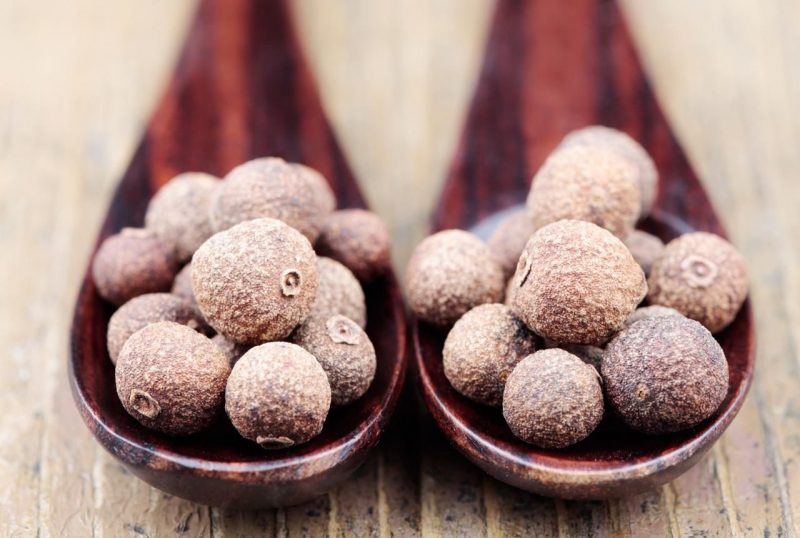
Planting material should be purchased in specialized stores and only from reliable manufacturers, otherwise the peas may simply not germinate.
- First, peas are soaked for a day in water.
- Before planting in the soil, seeds need to be doused with steep boiling water.
- After this, the material is planted in the ground, slightly pressed into the ground and spilled.
- Now you can forget about him for exactly a month.
After this time, the first sprouts will hatch. Water them very carefully. During this period, the first feeding is carried out with highly diluted chicken droppings. Allspice gratefully accept fertilizers for deciduous crops.
When three or four developed leaflets appear on the shoots, the seedlings are dived into a larger container, leaving about 10 cm between the plants.
Dive should be done very carefully, since the roots of young plants are unusually fragile. After a week, the seedlings are again transplanted into a large container.
When the seedlings grow, peppers are moved to a permanent place in large pots. In nature, the plant can reach 6 meters, so you should take care of the support.
Proper and consistent care
Growing allspice in room conditions is a painstaking work, because the plant must be transplanted twice a year.
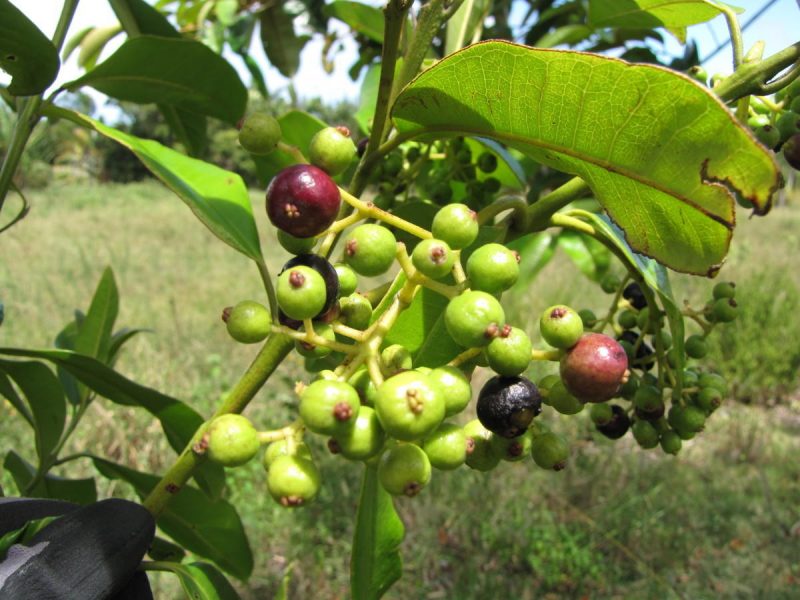
The main thing in caring for Jamaican pepper is timely watering. Watering should be very often, but in moderation. Young plants are transplanted into larger pots often. When the pepper reaches 3 to 4 years of age, it is enough to transplant it into a larger pot once every three years.

- The plant does not need pruning.
- Light Jamaican pepper prefers diffused.
- In small doses in the summer, organic matter is added along with watering.
- You can not feed allspice in the fall and winter.
Possible difficulties
Many inexperienced gardeners, growing this type of pepper in peas at home violate the basic requirements of care.
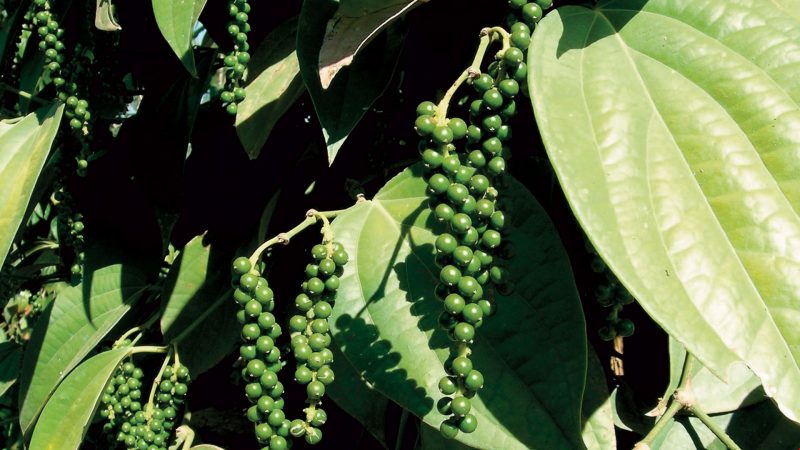
- If the plant lacks moisture and stands in a dark place, then its stems will begin to stretch very quickly. Pepper can even discard leaves.
- If the earthen lump in the flowerpot is often dry and the room has dry air, then allspice leaves will soon turn brown.
- If you fill the plant with watering, then its foliage can turn black and wilt. Excessive moisture can cause mold in the flowerpot and root rot.
- If pepper grows in poor soil and lacks essential elements, its leaves will gradually begin to turn yellow, and then wither and fall off.
- If the flowerpot stands in the summer under the scorching sun, then the plant will get burns and will soon die.
If fragrant black pepper is surrounded by attention and care, then the bush will grow well and delight in flowering and fruits every year.
The benefits and harms of allspice for the human body
Before you grow allspice in the house and collect its fruits, you need to find out how this plant is useful, and how it can harm.

The fruits of allspice have a rather burning taste and a pleasant, slightly sharp aroma, which is very important in cooking. It is used for the preparation of many dishes and canning. Allspice is sometimes even added to confectionery.
- In folk medicine, this plant is used for various pathologies - they treat arthritis, pinching of nerves, rheumatism.
- In Jamaican pepper, there are a lot of essential oils that give a boost of energy and increase the tone of the body.
- The plant contains a lot of potassium, which improves brain activity and salt metabolism.
- Sorcerers claim that this variety of pepper helps fight bloating and constipation.
- Pepper is used as an anthelmintic, for coughing and even with a delay in menstruation.
- In addition, this plant is also used as a strong antiseptic that protects the body from germs and various harmful bacteria.

Jamaican pepper can cause harm to the human body only in case of individual intolerance.
People who suffer from diseases of the stomach should use this seasoning with caution in dishes.
The rest should not be afraid to add Jamaican pepper to various dishes, because it will only make their taste brighter. But you can not abuse this spice.












